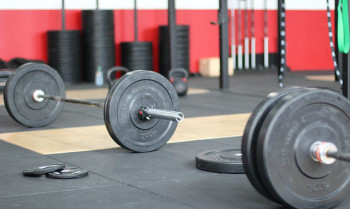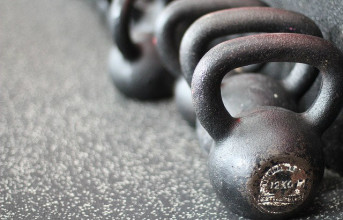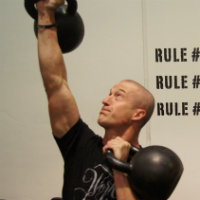 Reading Time: 5 minutes
Reading Time: 5 minutesAt the beginning of each year, it is easy to be fooled into thinking you need a new workout. New year, new you, and all that jazz. Don’t be fooled by fitness marketing hype.
The basics are the basics for a good reason — they work.
Let’s face it, squats don’t stop working to make you stronger just because you’ve been doing them for a while. Nor do pull-ups, presses, deadlifts, or rows. And when it comes to the cardio fitness side of the equation, running, rowing, cycling, and swimming all still work last I checked. And for nutrition? Lean servings of protein, lots of fresh vegetables, and a modest supply of rice or potatoes will always be the bedrock of any athletic diet.
While it may be tempting to cut away at your food and training to make them as minimal as possible, the reality is that actual minimization isn’t your friend. We have evolved to eat a wide variety of foods and perform a wide variety of tasks.
But the wrong approach to variety is the enemy of gym progress.
Goldilocks and Variety in the Gym
Every physical skill from pressing to running, has a degree of motor learning attached to it that can make us progress faster or slower depending upon how many times we are exposed to it. If you squat three times a week, you’ll get stronger at it. If you run three times per week, you’ll run faster. Add in senseless variety (and therefore longer times between squatting or running sessions) and progress can quickly come to a halt.
On the flip side, a complete lack of variety doesn’t work ether. In fact, this is the bane of pared-down minimalist programs like Simple & Sinister. Yes, you’ll get amazingly strong at the two movements within the plan (the one-hand kettlebell swing and the get-up) but everything else will suffer just as it does for the runner who eschews all strength or cross-training just to run. When it comes to minimalist training, everything goes well — until suddenly it doesn’t.
The same goes for diet. Overly restrict your diet and you’ll be rundown and sick in no time. And yes, this applies to those who jump on the zero-carbohydrate bandwagon and abandon anything that comes out of the ground. Scurvy, anyone?
I will leave the diet part to the nutrition gurus, but let’s take a look at a way to divide our training week to find the golden mean between too much and too little variety.
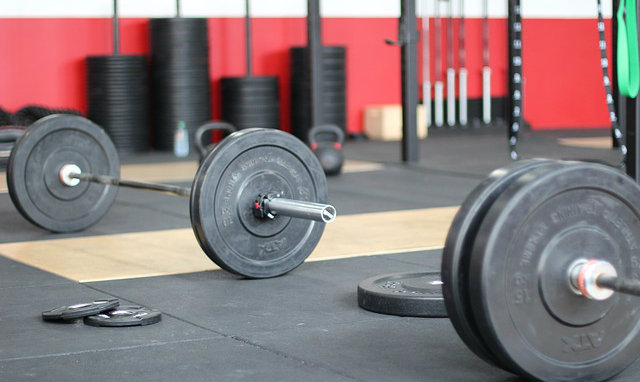
A Simple Strength-Training Template
The body’s muscles are 70% designed for pulling actions and actions in the legs. That means 70% of our training time should focus on leg-based and pulling-based exercises. The remaining 30% should be for pushing and abdominal/core work.
There are three leg patterns we need to address: bilateral, split stance, and single leg. In a simple plan, training three days per week, we should:
- Hit each leg pattern once.
- Add in a major back exercise such as rows, deadlifts, or pull-ups.
- Follow those with an easier back exercise such as bodyweight rows or back extensions.
- End with a push or abdominal exercise.
That said, given most people’s poor posture, I’d suggest you really only need one pushing exercise each week and that you’d be better off doubling-up on the core work.
So here’s how all that might look:
Monday
- Front squat
- Deadlift
- Pull-ups
- Ab wheel rollouts
Wednesday
- Single-leg deadlift
- Bulgarian squat
- Single-arm bench press
- Renegade rows
Friday
- Lunges
- Pull-ups
- Single-arm rows
- Side bridges
Hit each exercise for 3-5 sets of 3-5 reps, except for the rows, which work better with slightly higher reps like 6-10.
Rest two to three minutes between sets to allow yourself to lift heavy weights.
Aim to be done within 45 minutes of the finish of your warm-up.
As a general rule, if I’m doing three sets, then I’ll work my way up on the first two sets and do one hard set of three. If I’m doing five sets, then I do two easier build-up sets at the beginning followed by three hard sets.
It really is that simple.
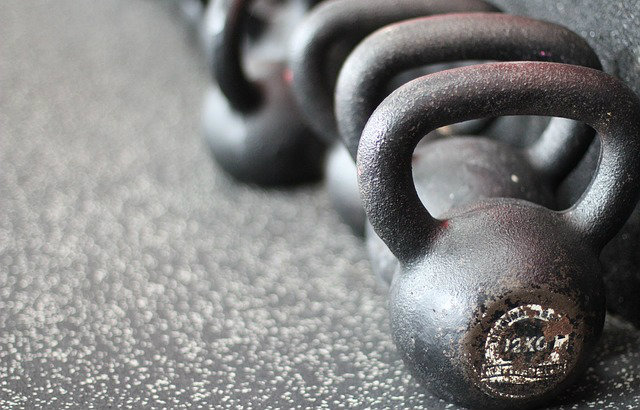
A Simple Cardio-Training Template
When it comes to cardio — which no matter how much you dislike it, you need to be doing — it can be just as simple.
I think running is the single best exercise for fitness. But running hard all the time can be stressful to the body and, for many, it will take years of effort to get to the point of being able to run hard daily. So, I prefer to mostly run easy. It cuts down on wear and tear and is far gentler on my body.
I do one hard cardio session each week. But this doesn’t have to be a running session. It can be done just as well on an air bike or rowing machine.
Here’s how the week might look:
- Tuesday: Easy run of 30 minutes.
- Thursday: Hard intervals on the rower. Perform 10 x 500m with 1-minute rest between each.
- Saturday: Easy run 45 minutes.
- Sunday: Walk for 2 hours.
If this looks like the sort of thing your grandpa might have done, then good — that means we’re on the right track. If you stick to the basics, you will get results this year.

Find Success with a Basic Training Plan
The fitness industry keeps telling you they’ve invented new stuff not because they care about your fitness, but so they can keep making money off you. There’s nothing for them to gain from telling you to “eat simply, lift heavy, go for a run, and take a yoga class or two.” So, they need to keep telling you about whatever the flavor of the month is.
Don’t be distracted.
If you really want a “new year, new you” type of body, then your best bet is to develop the willpower not to be swayed away from the time-tested basics this year. Stay the course.
A life of health and fitness is a life of relative simplicity, as you only need the basics. But performing the basics isn’t the same as minimizing your choices. You need variety to stay healthy, fit, and able to accomplish athletic challenges — just make sure it’s the right kind of variety.

